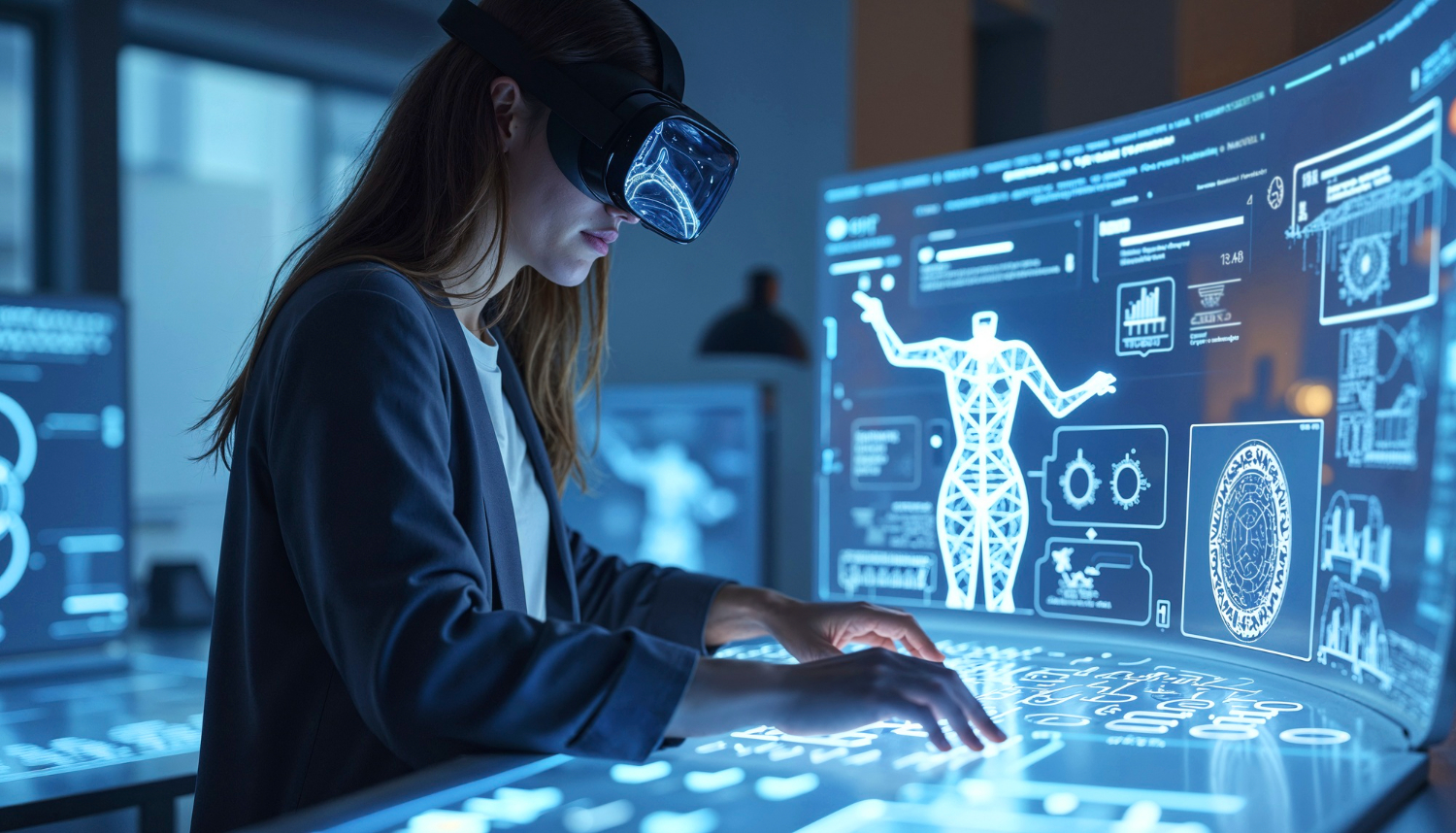AI image generators have surged in popularity recently, attracting attention from creatives, businesses, and even casual users. These tools can create images based on simple text descriptions, producing everything from artwork to realistic visuals that are fit for a variety of applications. Whether for social media posts, marketing materials, or personal projects, AI image generators offer a powerful tool for generating high-quality visuals quickly and easily.
But how do these generators work, and what is behind the technology? Let’s break it down.
What Are AI Image Generators?
AI image generators use artificial intelligence to create images from text prompts or other inputs. These systems, often called generative AI or AI art generators, use algorithms to convert a given input into a coherent and often high-quality visual output.
Whether you need to generate images of landscapes, objects, or abstract art, AI image generators can deliver results in seconds. These images are often used for social media posts, design projects, presentations, and more. Examples of such tools include Adobe Express, DALL-E, and other platforms that specialise in generating an image from text.
How Do AI Image Generators Work?
The process starts with a text prompt, which is a short description provided by the user. For example, the text prompt might be “a sunset over the ocean” or “a futuristic city skyline.” This description is fed into an AI model, typically one that has been trained using machine learning on vast amounts of visual data. The AI uses this training to interpret the prompt and generate an image that matches the description.
Step 1: Text Description Input
The user provides a text description detailing what they want to be generated. This can be as simple or as complex as needed. For example, the description could be as minimal as “a cat” or as detailed as “a cat sitting on a red cushion in front of a window during sunset.”
Step 2: AI Model Processing
The AI model interprets the text prompt using its knowledge from previous training. Models like generative AI systems have been trained on wide ranges of visual data, allowing them to “understand” how to generate specific types of images based on different cues. These models can break down the language of the description into components that can be turned into visual features, such as shapes, colours, and compositions.
Step 3: Image Generation
Once the AI model has processed the prompt, it begins generating an image. This involves creating digital representations of what it “thinks” the prompt describes. The AI system will attempt to match the user’s request as closely as possible. The output could be high quality images, art, or realistic renderings depending on the tool used and the complexity of the prompt.
What Makes AI Image Generators Unique?
AI image generators excel at quickly producing custom visuals that are often difficult or time-consuming to create manually. These systems can:
-
Create images for multiple purposes, from art to marketing.
-
Generate visuals from text prompts, saving time for creators.
-
Produce high quality content without requiring traditional artistic skills.
-
Adjust aspect ratios and styles to meet specific design needs.
This ability to automate visual creation makes AI image generators incredibly valuable for industries like advertising, entertainment, and content creation.
Popular Applications of AI Image Generators
AI image generators have a wide range of uses. Here are a few common applications:
-
Social Media Posts: Content creators can quickly create engaging visuals to accompany their social media posts.
-
Marketing Materials: Businesses can use AI-generated images in campaigns, ads, or branding without hiring a designer. More in this post: Smart Marketing, Smarter Solutions: AI-Marketing & Use Cases!
-
AI-Generated Art: Artists can use these tools to explore new creative avenues or automate repetitive tasks.
-
Prototyping: Designers can generate quick prototypes or visual concepts to pitch ideas to clients.
Reas more: AI in Digital Visual Arts: Exploring Creative Frontiers
Text to Image AI Models
The core of AI image generators lies in their text to image AI models. These models take input in the form of a text description and generate visual representations accordingly. One of the most famous examples is OpenAI’s DALL-E, which uses advanced algorithms to create incredibly detailed and imaginative images based on prompts. Similar tools include Adobe Express and other AI-powered design platforms that allow users to customise and adjust the generated images to fit their needs.
Frequently Asked Questions (FAQs)
How Accurate Are AI Image Generators?
The accuracy of an AI image generator depends on the sophistication of the AI model and the clarity of the text prompt. Some tools can produce highly accurate images that closely match the user’s intent, while others may generate abstract or loosely related visuals. For the best results, providing detailed and specific prompts is recommended.
Can AI Image Generators Be Used Commercially?
Yes, many AI image generators allow users to create images for commercial purposes, such as marketing or branding. However, users should always check the licensing terms of the specific tool they are using, as there may be limitations on how the images can be used.
Do AI Image Generators Require High-End Hardware?
Most AI image generators operate on cloud-based systems, so users do not need high computing power or expensive hardware to use them. The processing is typically handled by the server, making these tools accessible on mobile devices and standard computers.
Challenges in AI Image Generation
While AI image generators offer exciting possibilities, there are challenges:
-
Quality Control: Sometimes the output might not match expectations, leading to less-than-perfect results.
-
Ethical Concerns: There are concerns around copyright and the use of AI-generated art in fields like design and photography.
-
Data Limitations: The quality of the training data directly impacts the effectiveness of the AI model.
The Role of AI in Creative Fields
AI has already made a significant impact on creative industries. AI art generators are now capable of producing work that resembles human-created art, and they have opened up new possibilities for artists. However, they have also raised debates about originality, creativity, and the role of artificial intelligence in art and design. Many wonder whether AI can truly replace the human touch in these fields, or whether it will remain a tool for enhancing creativity rather than replacing it.
How TechnoLynx Can Help
At TechnoLynx, we specialise in AI solutions that push the boundaries of creativity and innovation. Our expertise in generative AI, machine learning, and AI model development allows us to deliver cutting-edge tools tailored to your needs.
Our team can guide you in choosing the right AI technologies, help with model development, and ensure that your AI tools are seamlessly integrated into your business processes. We believe in using artificial intelligence responsibly, and we are committed to providing our clients with effective, ethical AI solutions.
Contact us to start collaborating now!
Image credits: Freepik













